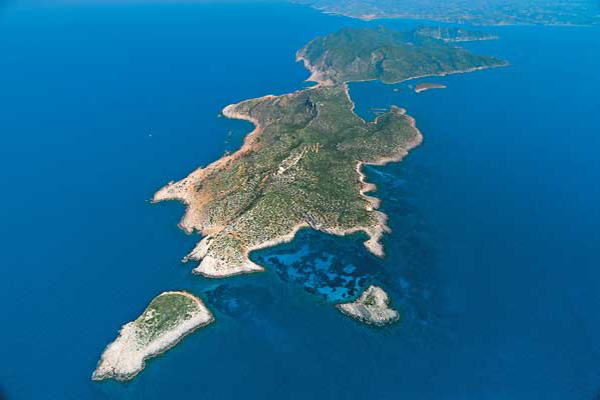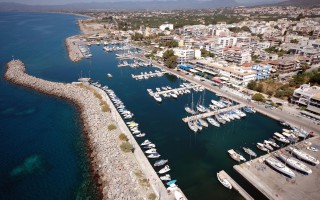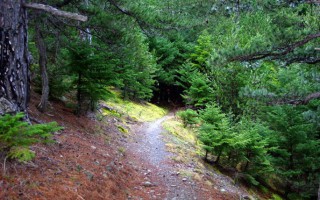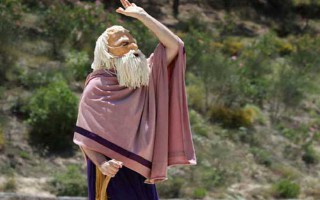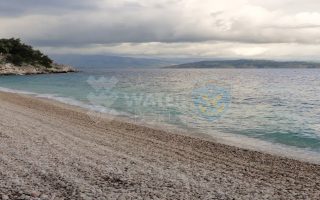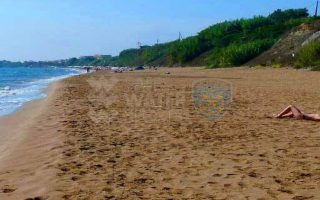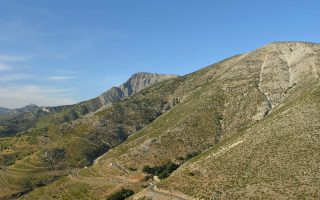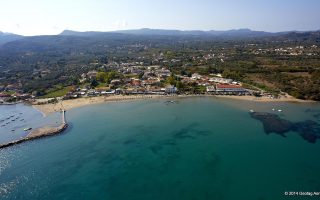Sapientza is an islet of the Messinian Oinousses cluster and is the second biggest after Schiza. It’s an island with lush vegetation, a rare flora and a total area of 9 square kilometres. In 1986, Sapientza was declared as a “listed natural monument” and it was included in the European Network Natura 2000, together with the neighboring Schiza and the area around cape Akritas.Sapientza in Italian means “wisdom” and, indeed, nature here has revealed all its wisdom. In the center of the island there is a huge area covered with typical Mediterranean vegetation of perennial broadleaf weeds, which however don’t have the usual shape of a bush, but they are trees that surpass 10 meters in height! The fauna of the island is equally interesting and includes the famous Kri-Kri (wild goats) that live here in large herds, as well as wild sheep and many species of birds.
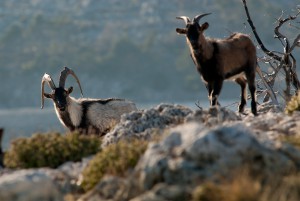 The islet of Sapientza is located off the southwest shores of Messinia, across from Methoni, and is one of the 7 islands that form the cluster of the Messinian Oinousses. Historically, Sapientza was claimed by many, due to its strategic location -at the crossroads between Italy and the Middle East-, as well as due to its safe harbor. In 1209 it fell into the hands of the Venetians and many centuries later, after the liberation of Greece from the Turks, it was returned to the Greeks. It was claimed by the British, as part of the Ionian Islands between 1847 and 1850, during the notorious “Don Pacifico Affair” that was a conflict between Britain and Greece.
The islet of Sapientza is located off the southwest shores of Messinia, across from Methoni, and is one of the 7 islands that form the cluster of the Messinian Oinousses. Historically, Sapientza was claimed by many, due to its strategic location -at the crossroads between Italy and the Middle East-, as well as due to its safe harbor. In 1209 it fell into the hands of the Venetians and many centuries later, after the liberation of Greece from the Turks, it was returned to the Greeks. It was claimed by the British, as part of the Ionian Islands between 1847 and 1850, during the notorious “Don Pacifico Affair” that was a conflict between Britain and Greece.
Porto Loggo is the harbor of Sapientza and is a well-protected cove. A trail starts from there, leading to the famous lighthouse of the island, which is an impressive British construction of 1890 with a spectacular view. The famous, unique in Europe, perennial broadleaf forest dominates the center of the island in an area of 240 square metres. This forest was basically the reason the islet was declared as a “listed natural monument” and included in the European Network Natura 2000. The rarity of this forest is that its broadleaf weeds surpass their standard height, creating dense vegetation, which exists there for about 15,000 years!
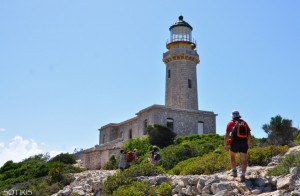 In the centre of the island there is a plateau covered by orange-yellow rocks, which was formed by deposits of vast amounts of pollen over thousands of years. This plateau is named Spartolakka and is a substantial source of information for scientists regarding the dating of the forest and the surrounding area. The famous “Well of Oinousses” is located on the southwest side of the island and is actually the deepest point in the Mediterranean at 5,121 metres.
In the centre of the island there is a plateau covered by orange-yellow rocks, which was formed by deposits of vast amounts of pollen over thousands of years. This plateau is named Spartolakka and is a substantial source of information for scientists regarding the dating of the forest and the surrounding area. The famous “Well of Oinousses” is located on the southwest side of the island and is actually the deepest point in the Mediterranean at 5,121 metres.
 The island has a lovely, well-protected beach, named Ammos, which is located on its northern part and is easily accessible. Findings and traces of shipwrecks were also found on the northern tip of Sapientza and at a shallow depth. The most important one includes the columns from the Grand Peristyle from Caesarea of Palestine, dating back to the first century AD. This exact location, named Cape Karsis, attracts many keen divers due to the interest of the seabed.
The island has a lovely, well-protected beach, named Ammos, which is located on its northern part and is easily accessible. Findings and traces of shipwrecks were also found on the northern tip of Sapientza and at a shallow depth. The most important one includes the columns from the Grand Peristyle from Caesarea of Palestine, dating back to the first century AD. This exact location, named Cape Karsis, attracts many keen divers due to the interest of the seabed.
Source: www.mythicalpeloponnese.gr

